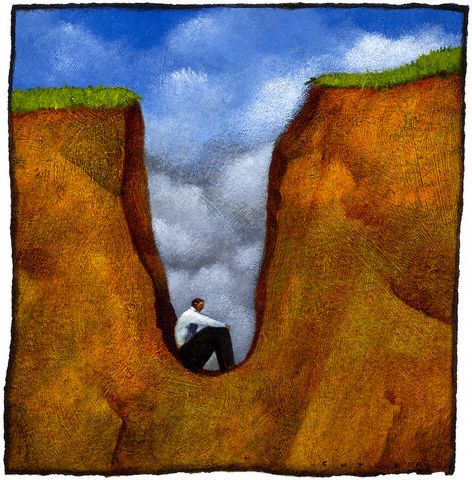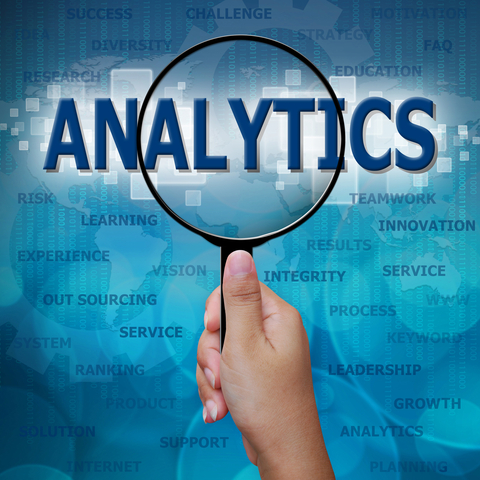Though predictive modeling has its origins in the 1940s, the transformative technology has only hit the mainstream in the last few years. It was once a tool exclusively used by the tech elite, but now predictive analytic techniques are ubiquitous in all areas of business - in fact, 36 percent of business decision makers feel predictive analytics is their most important area for investment.
But what exactly is predictive modeling?
Simply put, a predictive model uses existing data to forecast future outcomes. The technology can be used to predict the weather, the likelihood of a flight landing on time, or even an individual’s behavior.
Companies are now applying the technology to everyday processes and operations, transforming their businesses for the better. One area that’s benefiting is the Human Resources department.
In this blog, we look at 3 key ways predictive modeling is impacting the HR industry and what this could mean for the future.
Hire the right people
Landing a loyal, ambitious and productive team can be what makes or breaks a company. However, 57 percent of hiring managers say competing for talent is their biggest industry challenge.
But, how do you find the best candidate for the job in a large hiring pool?
Innovators have found predictive analytics can assist recruitment by simplifying the background-check process, and determining a candidate’s fit within a company’s culture.
Recent studies have shown that by using predictive modeling techniques, employers can predict a candidate’s personality and future work performance based on their Facebook profile, for example. By digging into historical data, employers can accurately compare successful past employees to potential candidates.
Retain top talent
Attracting the best candidates is only half the battle, hanging on to that talent is where the real challenge lies - in fact, 23 percent of hiring managers say high staff turnover is their biggest HR problem.
Google has been an early adopter of using predictive modeling to forecast employee retention. Using HR predictive analysis, Google can estimate the probability of people leaving the company by digging into their historical data and using it to make informed data-driven predictions. One of Google’s key findings is that new salespeople, who are not offered a promotion within their first four years, are far more likely to leave the company.
Boost engagement and productivity
By digging down into data, innovative businesses can make data-driven predictions about what affects their bottom line, and the results have been unexpected. Using advanced analytics, certain companies have drawn correlations between employee engagement and an enterprises’ financial success.
Furthermore, by taking regular employee engagement surveys, HR is able to gather data on every employee, which can be used to make further employee predictions. With these systems in place, HR managers can easily track performance, engagement, and productivity, allowing them to make changes before a staff member’s work suffers.
Predicting the future
The application of predictive modeling techniques can have a transformative effect on the HR industry. By using historical data, hiring managers can screen potential candidates more effectively, make informed predictions surrounding employee retention and discover unexpected human factors that impact a company’s bottom line.
Though predictive modeling is by no means a new practice, its application in modern business is still in its infancy. The power to forecast upcoming events and prepare for the future is an invaluable skill for HR. It’s a skill that, despite its influence, has really only just begun.
Latest posts by Violet Myers (see all)
- How Predictive Modeling Is Impacting The HR Industry - May 20, 2018













